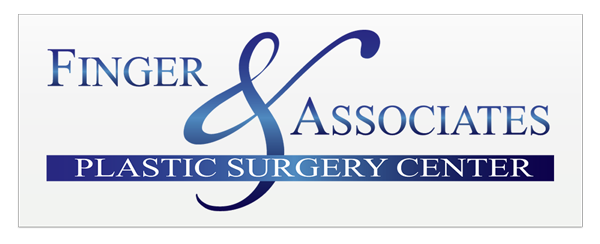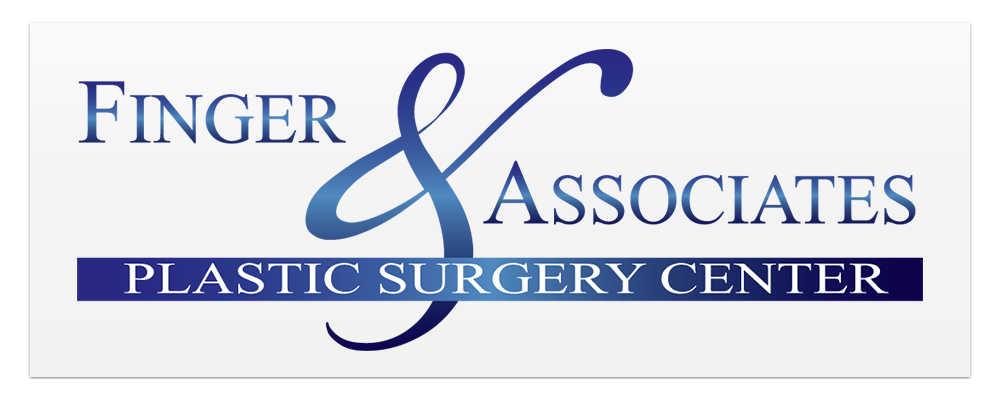This question seems simple enough, but the answers may surprise you. Historically, face lifts began with simple excisions (surgical removal of) skin in front of the ear many decades ago. This was mostly ineffective and often just pulled the skin in front of the ear forward, resulting in a visible scar and very little lift. Face lift techniques then advanced to making the incision and then undermining (elevation the skin off the underlying subcutaneous tissue) the skin, pulling it back, and then excising the excess skin. This was ineffective because the skin sags along with the structure beneath the skin. This resulted in the ”pulled” look. The structures such as the subcutaneous tissue and muscles need to be elevated and sutured as well. The next technical advances were various ways to plicate (suture together) these structures. Also incisions were extended into the scalp and behind the ear, the latter to address the sagging neck. Necks began to be liposuctioned and often the fat is excised directly.
Our preference with face lifts is to elevate the periosteum, which is the firm sheet-like layer that covers the bone and the layer that muscles attach to. This procedure is called a subperiosteal (underneath the periosteum) midface lift. We do this as an extension of the routine face lift. This gives the most natural look because it is not necessary to pull the skin as tight. In layman’s terms, we are elevating the foundation of the face and the rest of the face comes with it. There are many simpler face lifts, but these shortcuts yield abbreviated and short term results in our opinions, and their results are not as natural in appearance. All plastic surgery should be “natural” whether it is surgery of the nose, breast or any other area. And, there should never be “stitch marks.”
So far, you may have noticed that the above description describes lifting mostly the face from the eyes down including the neck. Historically, upper and lower eyelid lifts and forehead lifts were added later. In addition, there is now re-volumizing of the face that is often necessary regardless of the approach your surgeon chooses. The goals in face lifts should be simply turning back the clock without some of the deformities that we see too often in movie stars, politicians, and people around us. The typical stigmata are the “wind-blown” look, or strange eyes, or visible scars, along with many other deformities such as earlobes being pulled downward. A proper face lift leaves none of these, but simply makes the patient look younger.


